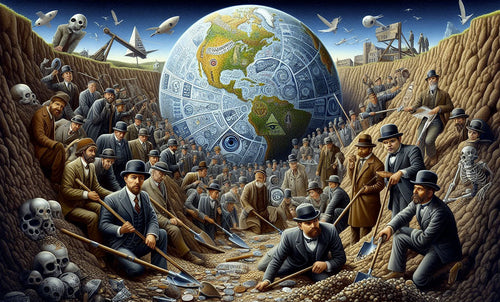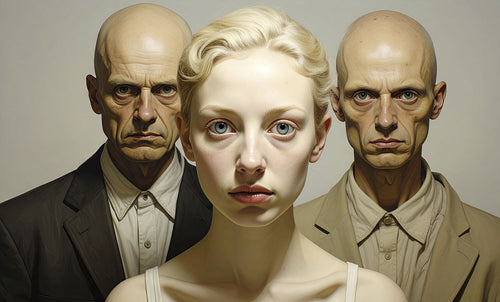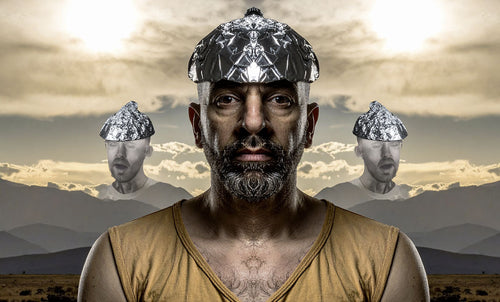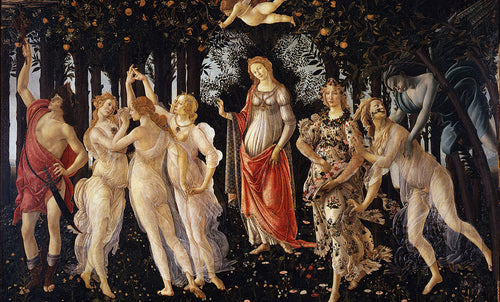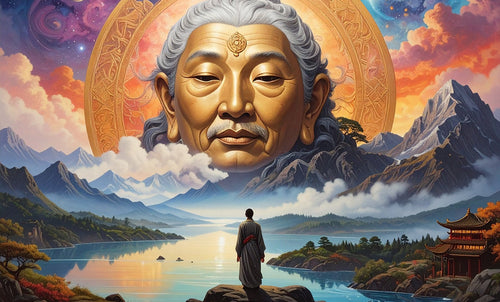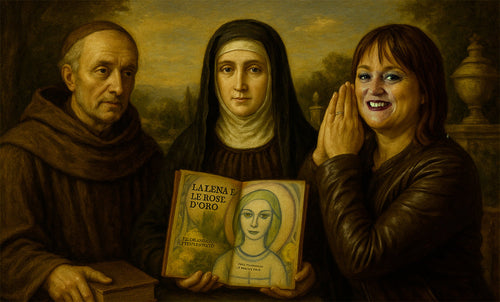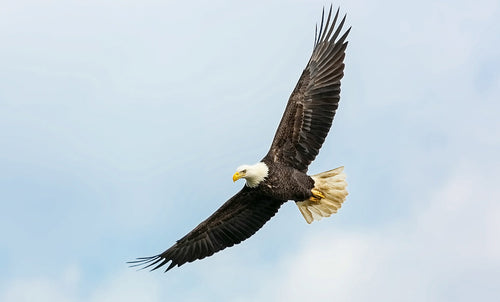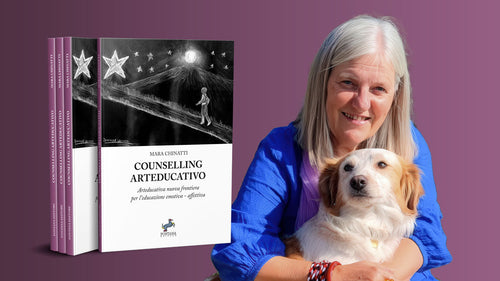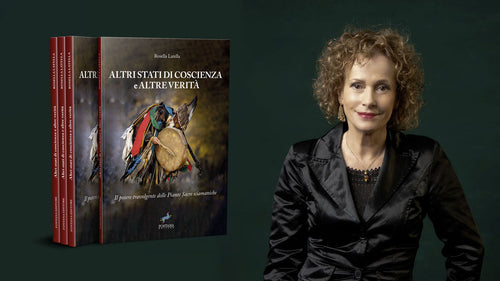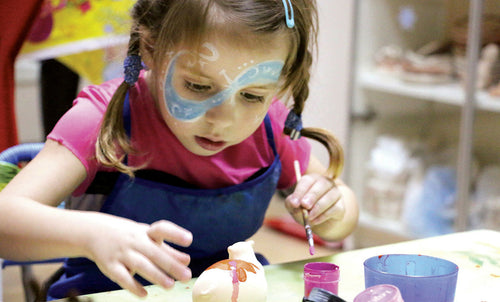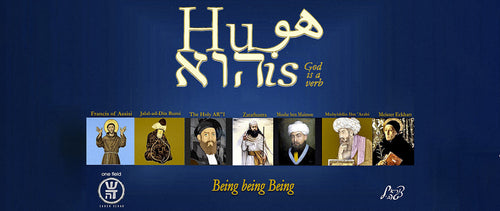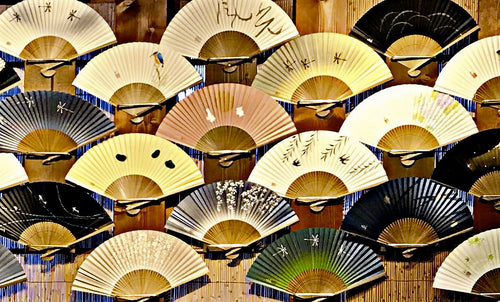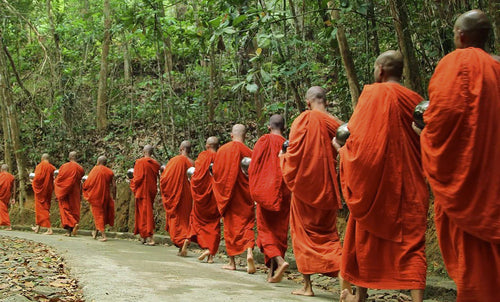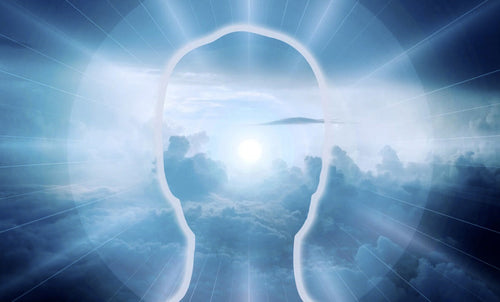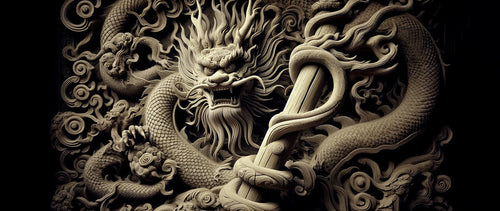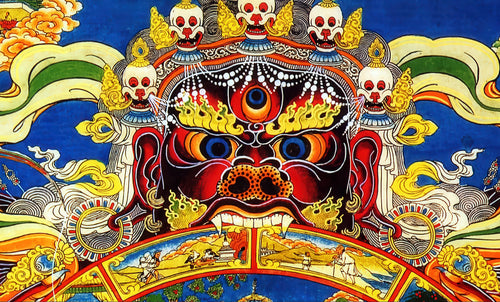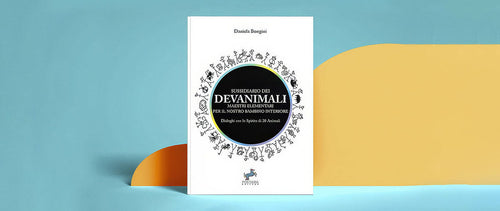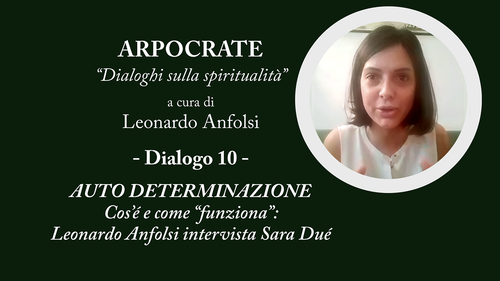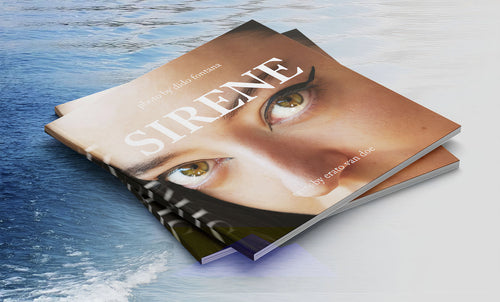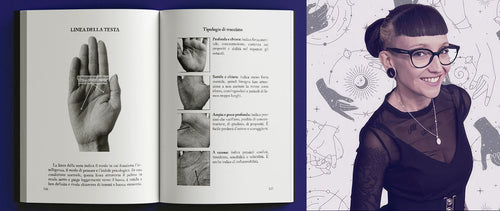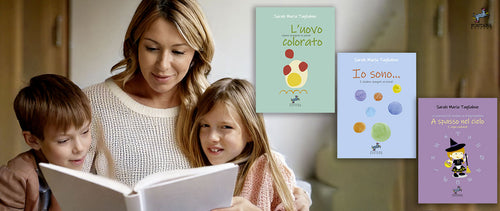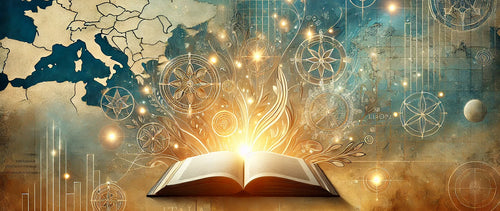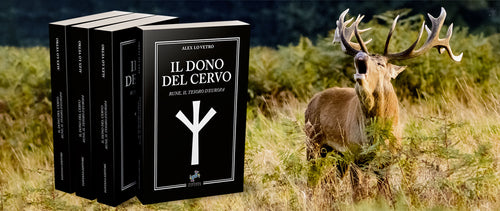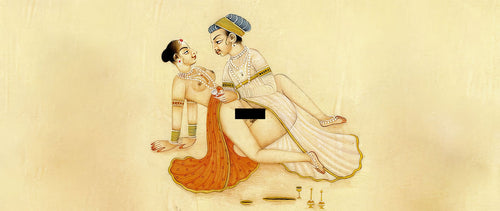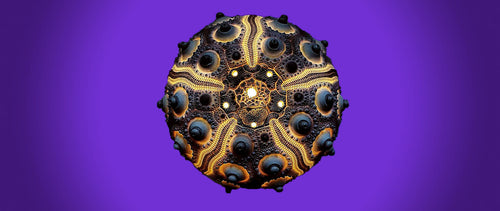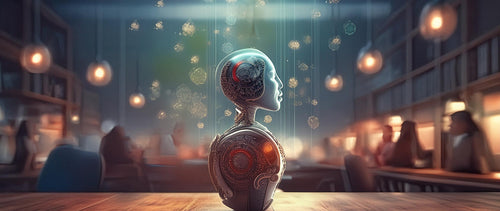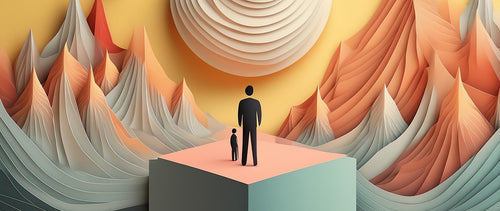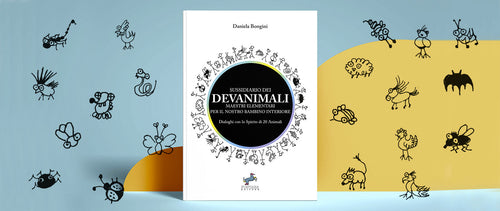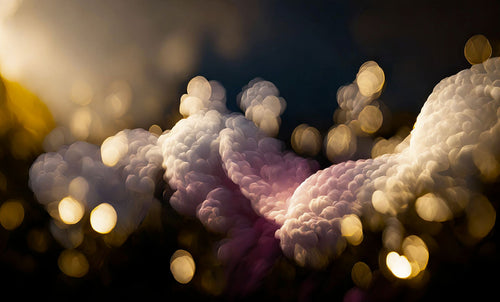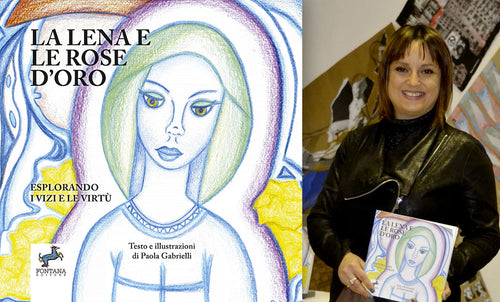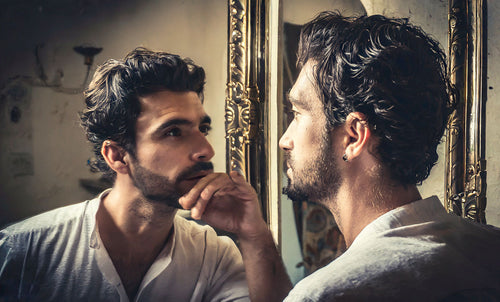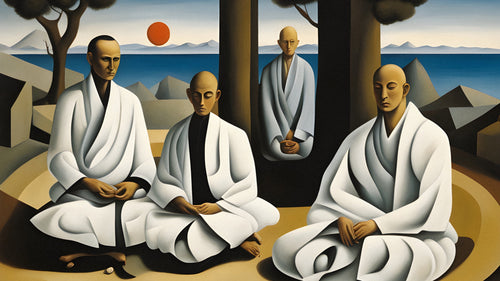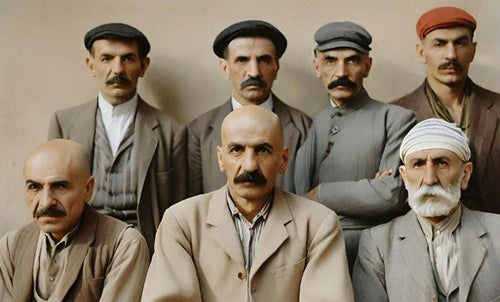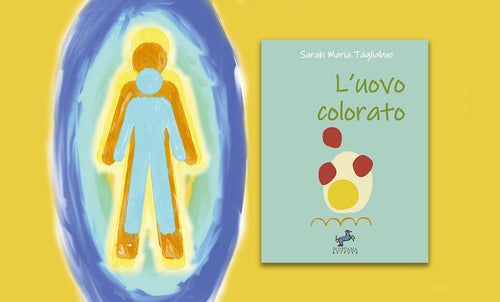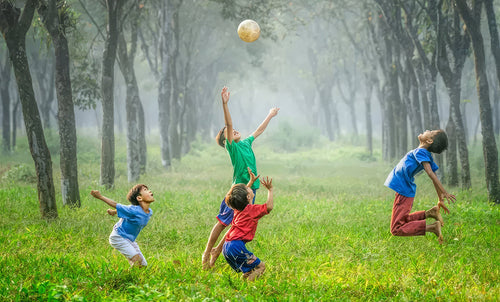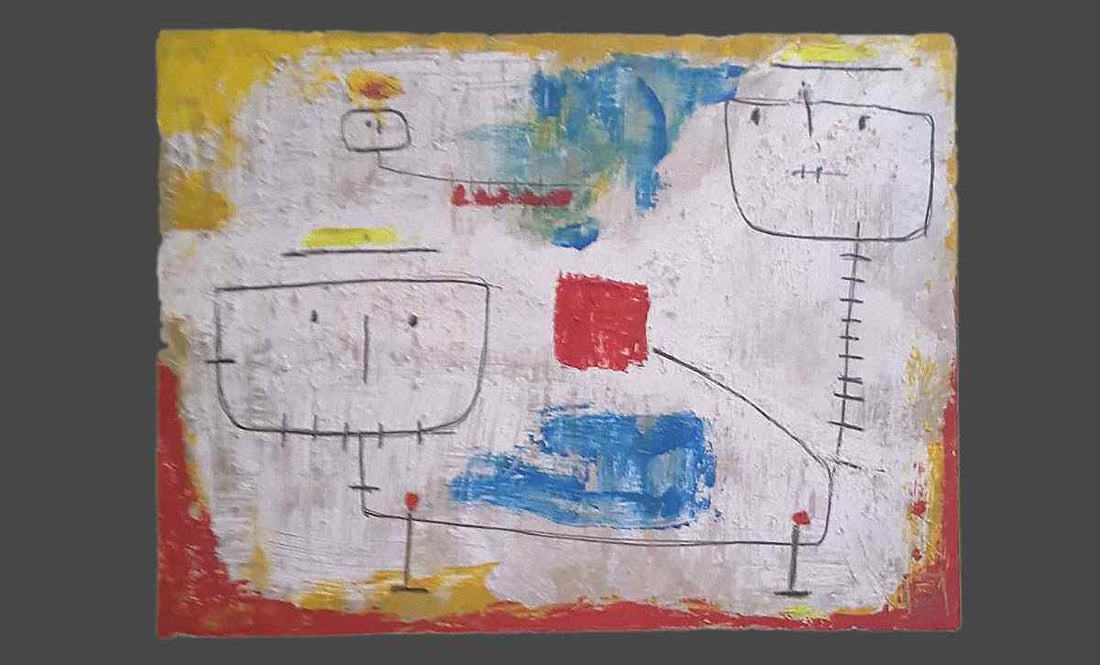
Art as a Tool for Spiritual Growth - Part 2
Paola Marchi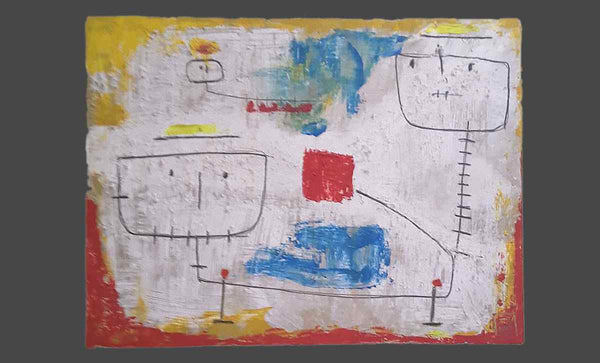
During the phase of observation of the work, (if the artist manages to maintain the necessary detachment or disidentification from what comes through him) the possibility opens up for some to find contents that go beyond their own individuality, broader contents, that concern everyone.
At the beginning of my research path, I came across cave paintings, in particular certain signs that were made and that are still found today, in contexts in which they are unrecognizable, because hidden by subsequent explanations.
Symbolism has always attracted me and in my journey of knowledge, I have come to delve deeper into the Tarot of Marseille and the symbolism connected to it. I have found an inexhaustible gold mine, a valid guide for everything, precisely because its "nature" makes it open to the imponderable.

Thanks to the Tarot of Marseille I was able to experience the essential nature of the symbol, which mainly pertains to the sphere of intuition, the symbol in fact, by its nature is open. Closed symbols only serve to circumscribe a part of intuitable truth, they are, so to speak, the attempt of reason to put limits on its defeat.
Continuing along the path of the open symbol, I found myself arriving at the sign, the pure sign of the child, and from there I reconnected with the research that was carried out by the Art Brut current. I then discovered hot water and that is that there are symbols that emerge naturally from human consciousness and that find their justification at the very moment in which they are made.

To understand this simple observation, just observe a child FREE to express himself through the sign. What he will do, if he manages to overcome all the conditioning imposed by artistic diseducation, will be a testimony to the presence of collective unconscious values.
For those interested in learning more about this topic, you can find useful food for thought in the work of Carl Gustav Jung and also in that of his wife Emma, author of one of the texts that in my opinion is fundamental for scholars of symbolism: “Animus and Anima”.
Paola Marchi

